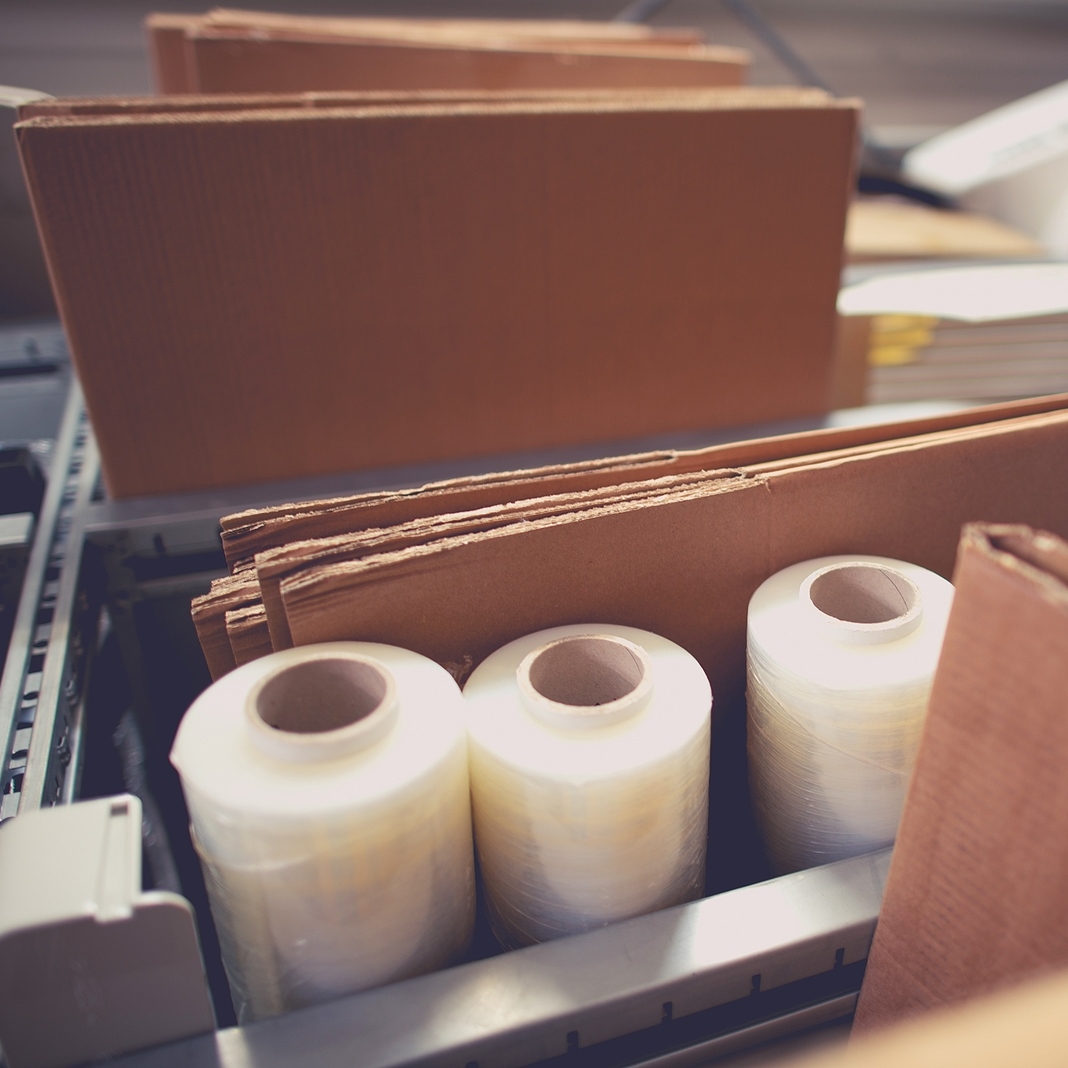Each artwork should be handled with care and in line with all safety precautions whenever you need to get it ready for storage or shipping. We recommend using only professional-grade artwork packaging materials that can offer comprehensive protection to the art object’s surfaces and minimize the hazardous impact of environmental factors on it. Here is a detailed introduction to the craft of packaging art.
Types of Artwork Packaging Materials
The list of the most popular and safe materials used to package art includes art plastic, glassine paper, bubble wrap or kraft bubble, corner protectors, foam boards, packing tape, and sturdy shipping boxes. Three-dimensional, heavy objects or those prepared for international shipping may also be additionally enforced with a custom wooden crate. In addition, art owners often use foam inserts to fill the empty space in the boxes and ensure additional cushioning of the shipped art objects.
How to Use Each of These Materials?
Glassine paper usually comes first as the initial layer of the artwork surface’s coverage. It should be acid-free, water-resistant, and non-adhesive to offer comprehensive protection from dust, smudges, and other environmental damage. This material can be replaced with professional art plastic. Next comes bubble wrap – a special plastic wrap with air pockets that ensures comprehensive shock absorption for any art object. A better version of bubble wrap is kraft bubble. Corner protectors are placed onto the canvas’s corners to prevent damage to these vulnerable parts. They should represent a snug fit on the glassine paper and bubble wrap layers, but you shouldn’t force them onto the corners to avoid accidental damage.
Foam boards or cardboard sheets are rigid but lightweight, so they ensure solid structural support for artwork. If you put a canvas or art print between two sturdy sheets, your artwork will be well-protected against bending or punctures – common threats to artwork in transit.
As for the packing tape, it’s commonly used to fix the entire packaging structure tightly and avoid shifting. It should be durable, adhesive, and pressure-sensitive to let the package stay intact throughout transportation.
Use Packaging Materials Wisely to Guarantee Safety
With these artwork packaging materials, you are sure to provide comprehensive protection to your art objects. Don’t underestimate the importance of safe and thorough packaging; you never know what risks your precious property will encounter in transit. To make sure that all hazards are taken into account and offset, use professional art handling and packaging services by Fine Art Shippers. Our team is well-versed in all packaging techniques and materials and can render end-to-end art handling services in full regard to security standards.
